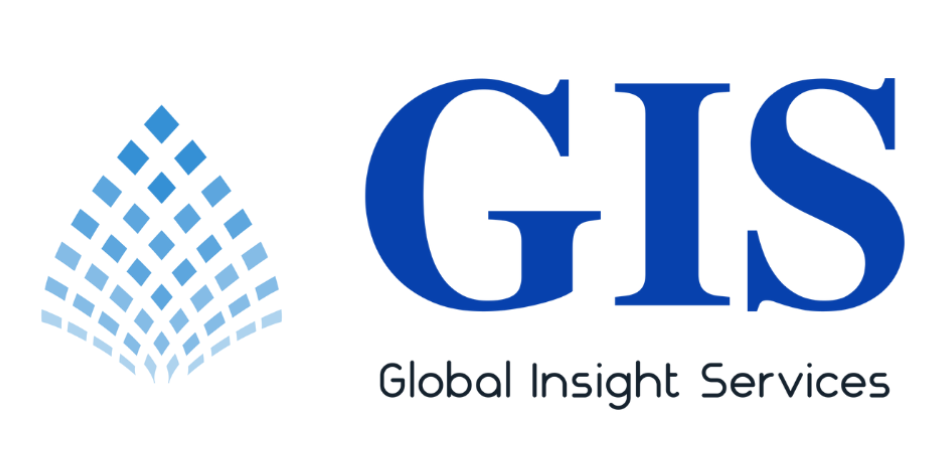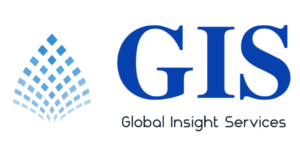Marine Lubricants Market Overview
The Marine Lubricants Market is poised for steady growth, expected to expand from a valuation of $7.15 billion in 2024 to approximately $10.5 billion by 2034. This growth reflects a compound annual growth rate (CAGR) of about 3.9%, underscoring the increasing demand for specialized lubricants in the global maritime industry. Marine lubricants play a critical role in maintaining the efficiency and durability of marine vessels, including ships, tankers, and offshore platforms. The market includes various products such as engine oils, hydraulic fluids, and greases that are specially formulated to withstand the harsh marine environment. Innovations driven by environmental regulations and the global shipping trade expansion are key factors pushing the market forward.
Market Dynamics
The marine lubricants market is largely driven by the expanding global shipping industry, which forms the backbone of international trade. As more goods are transported by sea, the demand for reliable and efficient marine lubricants grows accordingly. Environmental regulations aimed at reducing emissions and promoting sustainability have also become a significant driver. These regulations encourage the development of eco-friendly lubricants, such as bio-based and synthetic oils, which offer improved performance while minimizing environmental impact.
Click to Request a Sample of this Report for Additional Market Insights:
https://www.globalinsightservices.com/request-sample/?id=GIS20644
Engine oils dominate the market, accounting for nearly 45% of total consumption due to their essential role in reducing engine friction and wear. Hydraulic oils and greases follow, essential for operating shipboard machinery and protecting moving components in corrosive and challenging conditions. The shift toward LNG-powered vessels and digitalized maintenance systems also creates new demands for advanced lubricants that offer superior thermal stability, oxidation resistance, and performance-enhancing properties.
Key Players Analysis
Several major global corporations dominate the marine lubricants market, leveraging their strong research and development capabilities, extensive distribution networks, and innovative formulations. ExxonMobil, Shell, and Total are among the leading players known for their high-quality marine lubricant products that meet stringent environmental standards. These companies invest heavily in technology to develop lubricants that not only improve engine life but also comply with new emissions regulations.
Other important players include Gulf Oil Marine, Castrol Marine, JX Nippon Oil & Energy, and Valvoline Marine, each contributing unique strengths such as specialty lubricants and customized solutions for diverse marine applications. Emerging companies focusing on bio-based lubricants and digital monitoring services are also gaining traction, reflecting a market trend towards sustainability and smart maintenance solutions.
Regional Analysis
Regionally, the Asia-Pacific market dominates due to the rapid expansion of maritime trade and robust shipbuilding activities in countries like China, Japan, and South Korea. China, in particular, leads with massive shipping operations and continuous investment in port infrastructure. Europe ranks second, driven by advanced maritime infrastructure and strict environmental regulations that fuel demand for innovative and eco-friendly lubricants. Countries such as Germany, the UK, and Norway are key contributors.
North America, led by the United States, holds a strong position because of its well-developed shipping infrastructure and increasing emphasis on sustainable marine operations. The Middle East and Africa are also witnessing growth, with investments in oil exploration and port expansions boosting demand. Latin America, though smaller, is an emerging market with countries like Brazil and Argentina investing in fleet modernization and trade facilitation.
Recent News & Developments
Recent developments in the marine lubricants market highlight a growing preference for synthetic and bio-based products that reduce sulfur emissions and improve engine efficiency. Companies like Shell and ExxonMobil are at the forefront of developing next-generation lubricants compatible with LNG engines and capable of supporting digital predictive maintenance.
Price fluctuations in crude oil and regulatory compliance costs continue to impact market pricing, ranging from $800 to $1,500 per metric ton. Geopolitical tensions and supply chain disruptions have prompted some manufacturers to explore local production to ensure supply stability. Additionally, there is a noticeable push towards decarbonization across the maritime industry, encouraging further innovation in lubricant formulations and technology adoption.
Browse Full Report @ https://www.globalinsightservices.com/reports/marine-lubricants-market/
Scope of the Report
This report offers a comprehensive analysis of the marine lubricants market, covering historical data from 2018 to 2023 and forecasts extending through 2034. It segments the market by type, product, application, technology, and geography, providing detailed insights into growth drivers, challenges, and opportunities.
The study includes competitive landscape assessments, profiling key players and emerging companies, alongside strategic developments like mergers, acquisitions, and R&D activities. Furthermore, it explores market dynamics such as demand-supply trends, regulatory impacts, and technological advancements.
The report is designed to support industry stakeholders by offering valuable data on regional market sizes, consumer behavior, and regulatory frameworks. It also includes cross-segment analysis and import-export trends to help businesses optimize supply chains and identify new growth avenues. Overall, the scope ensures a thorough understanding of the marine lubricants market’s future trajectory and competitive environment.
Discover Additional Market Insights from Global Insight Services:
Health & Hygiene Packaging market is anticipated to expand from $117.5 billion in 2024 to $191.8 billion by 2034, exhibiting a CAGR of approximately 4.9%.
Industrial Electronics Packaging market is anticipated to expand from $1.86 billion in 2024 to $3.01 billion by 2034, exhibiting a CAGR of approximately 4.6%.
Industrial Rubber market is anticipated to expand from $37.1 billion in 2024 to $54.1 billion by 2034, exhibiting a CAGR of approximately 3.8%.
Industrial Services market is anticipated to expand from $42.5 billion in 2024 to $82.5 billion by 2034, exhibiting a CAGR of approximately 6.7%.
Industrial Tubes market is anticipated to expand from $660.6 billion in 2024 to $1,000.5 billion by 2034, exhibiting a CAGR of approximately 3.8%.
About Us:
Global Insight Services (GIS) is a leading multi-industry market research firm headquartered in Delaware, US. We are committed to providing our clients with highest quality data, analysis, and tools to meet all their market research needs. With GIS, you can be assured of the quality of the deliverables, robust & transparent research methodology, and superior service.
Contact Us:
Global Insight Services LLC
16192, Coastal Highway, Lewes DE 19958
E-mail: info@globalinsightservices.com
Phone: +1-833-761-1700
Website: https://www.globalinsightservices.com/


